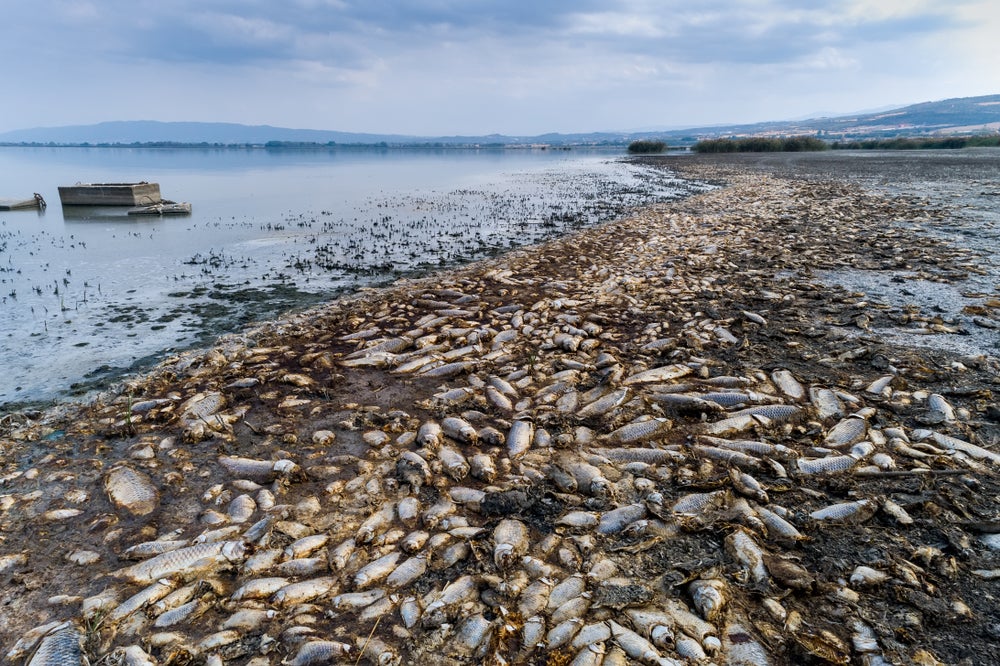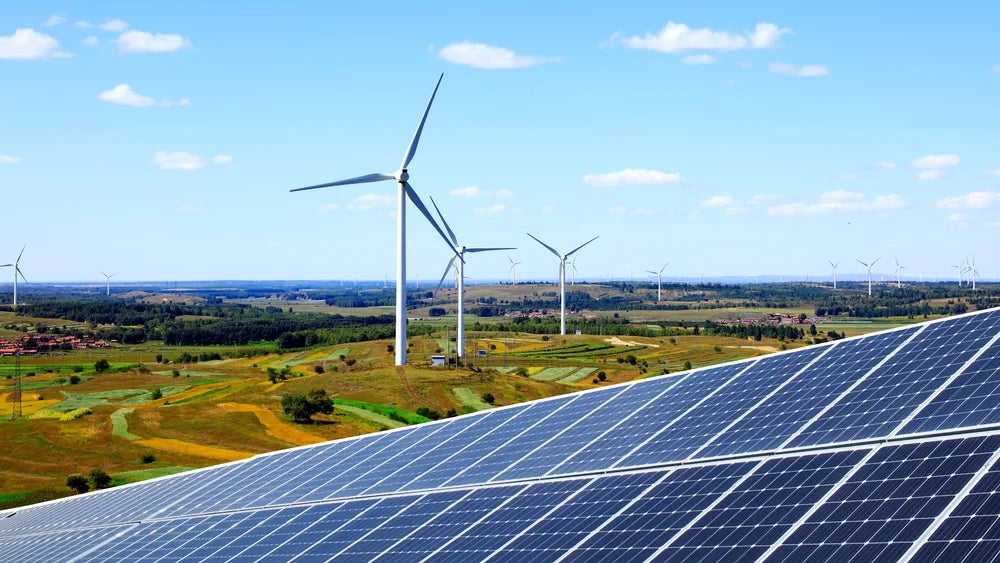After decades of roadblocks and setbacks, the transatlantic climate agenda is on the move. From trade, to procurement, to subsidies, nearly every area of policy is being considered for a green boost. Yet tomorrow – when the US and EU hold their second major summit of the Biden presidency – we will know whether the last two years of climate diplomacy represented just a momentary flurry of bureaucratic communiqués.
As two think-tankers from the two largest nations in these talks, we come from countries with different internal political economies, but we have a shared conviction that this US-EU summit can be a stepping stone towards a lasting climate policy collaboration that complements the global Paris Agreement with bilateral action on specific decarbonisation challenges.
The 20 October 2023, the US-EU summit will feature a high-stakes meeting between US President Joe Biden, European Commission President Ursula von der Leyen and European Council President Charles Michel in Washington, DC. Press reports indicate that this is make or break time for the so-called Global Arrangement on Sustainable Steel and Aluminum (GASSA). If these talks are successful, the parties will pave the way for replicating the effort with additional countries and industries, greening the global liberal order in the process. If not, the Trump-era tariffs will be reimposed and both US political parties will sour on deeper cooperation on the net-zero industrial subsidies that the EU wants in the wake of the US' Inflation Reduction Act (IRA).
Trust in the transatlantic relationship on climate action has eroded in recent years. The withdrawal of the US from the Paris Agreement under Donald Trump, and earlier efforts of the Obama administration to exempt US airlines from fees under the EU Emissions Trading Scheme, contributed to diminishing confidence in US climate commitments.
In contrast, tomorrow’s summit is a reminder of the Biden presidency taking a drastically different approach. On day one, Biden rejoined the Paris accords. Within months, the US and EU had their first summit since 2014 and there was the first visit by a US President to the EU institutions since 2017. By the end of Biden's first year in office, the two parties agreed to working groups on climate and green technology, along with the outlines of the GASSA, a totally new type of trade agreement that would link market access to climate action. Despite the possible setbacks to climate cooperation that could have come with the EU’s creation of a carbon border adjustment mechanism (CBAM) and Russia’s invasion of Ukraine, Biden (unlike Obama) never criticised the EU, and neither side lost sight of the need to work together on green energy.
Having come close to victory on a sectoral climate trade strategy, why might the talks nonetheless end in defeat? The answer, in short, is failing to be creative about accommodating each other’s constraints. The US needs to understand that the EU has come a long way with its CBAM, which is due to start collecting payments from importers in 2026. Whatever market access mechanism the two sides agree on should complement the European policy, not kill it (luckily, the latest US proposal appears to do exactly that).
For its part, the EU needs to understand that both sides have a shared interest in creatively reimagining the policy space available to them under the World Trade Organization (WTO). It is almost certain that both the CBAM and GASSA will be legally challenged at the WTO. Brussels and Washington need to be prepared to defend their nascent green industry policies, while keeping the door open to other countries and trading blocs willing to take on similar levels of climate ambition.
Luckily, accommodating this type of bilateral constraint is precisely the advantage of a trade deal that focuses on specific sectors, rather than trying to make agreements for the whole economy at once. As the US learned from the Trans-Pacific Partnership and the EU from its Mercosur deal – and both sides from the WTO’s Doha Round – aiming too high can mean no deal at all. Sectoral deals, in contrast, help parties deal more nimbly with technical challenges and the ‘just' transitions that are needed to balance the goals of decarbonisation and industrial stability. A deal on steel and aluminium could form the basis for similar deals on, for example, air transport.
Most importantly, a steel and aluminum deal could help build industrial support for the green agenda. The levels of capital expenditure and “green premiums” that will be required to convert the dirtiest producers (note: often also the most unionised) cry out for the benefits of a protected market. Combined EU and US demand, as envisioned by GASSA, will ease the pain for companies – particularly on the EU side.
Rather than decry US-EU cooperation on green steel and aluminium as “protectionism”, it would be better to think of this as smart industrial policy. Restrictions on dirty steel are gaining bipartisan support in the US, meaning they are unlikely to be undone even if there is a change in administration. This is a 'good bet' for the EU.
The US and EU have come too far to not reach an ambitious agreement now. They owe it to their citizens and the planet to pave the way for a new way of integrating climate and trade, one that is open to other countries and industries.
Jonathan Barth is co-founder and policy director of the Zoe Institute (Brussels and Germany). Todd N. Tucker is director of industrial policy & trade for the Roosevelt Institute (US).















